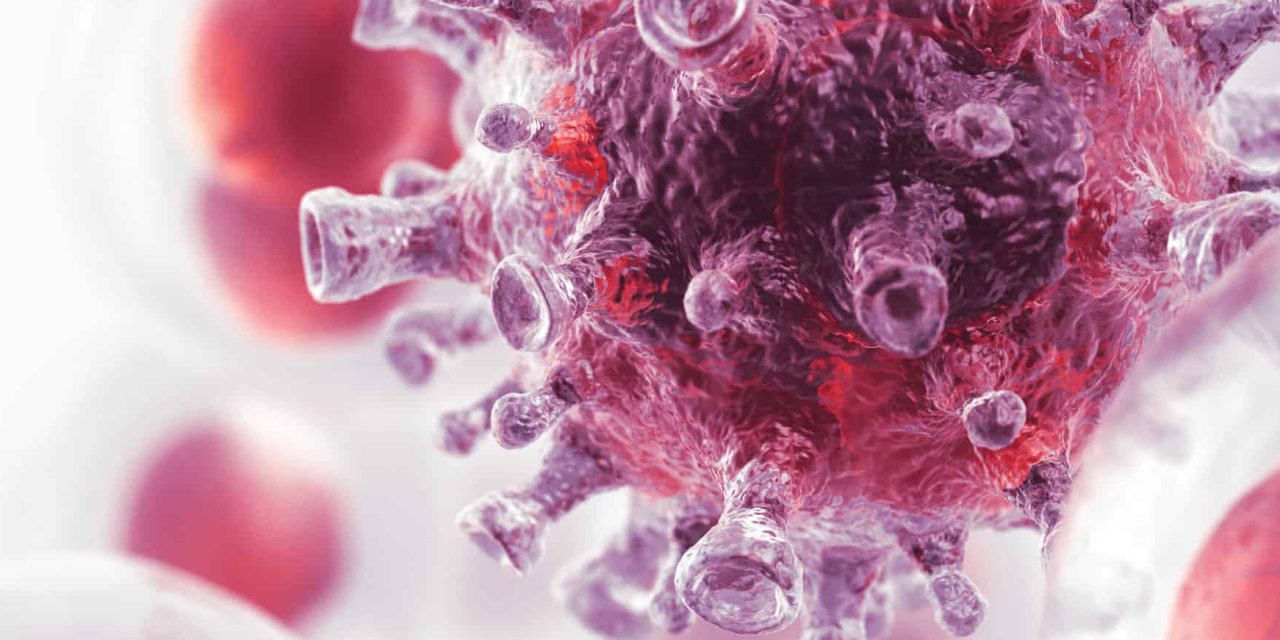
Routine reverse transcription polymerase chain reaction (RT-PCR) testing for Covid-19 successfully detected early SARS-CoV-2 infection among professional athletes in the National Football League (NFL)—but rapid antigen point-of-care (aPOC) testing dropped the ball, researchers found.
As the world attempts to recover from the ongoing Covid-19 pandemic, one popular surveillance strategy is frequent Covid-19 testing; however, “limited data have been published on use of this strategy in a closed population,” Christina DeFilippo Mack, PhD, MSPH, vice president of epidemiology and clinical evidence at IQVIA in Durham, North Carolina, and colleagues pointed out in Annals of Internal Medicine. They argued that their experience facilitating the NFL/NFL Players Association (NFLPA) Covid-19 Testing and Surveillance Program “provides unique insight into this real-world testing approach.”
The testing program relied on regular testing, behavioral protocols, contact tracing, and other methods to stem the spread of SARS-CoV-2. In their analysis, Mack and colleagues outlined the results of this effort and assessed the utility of testing across multiple platforms, including three nucleic acid amplification tests (NAATs)—two RT-PCR platforms and one transcription-mediated amplification platform, which the study authors referred to collectively as RT-PCR—and one rapid aPOC test.
“The intensive surveillance and mitigation work performed during the 2020 NFL season provided 4 key findings,” they wrote. “First, frequent, routine RT-PCR testing protocols enabled early detection of infection, often when the person had low viral load and no symptoms. Second, when the same sample was analyzed on two different platforms, there were instances of discordant results, indicating variability of test performance. Third, [cycle threshold] Ct values produced by quantitative platforms can be useful in interpreting positive test results within a large, routinely tested population, with high Ct values potentially able to signal early infection. Fourth, in this setting, the Quidel Sofia aPOC test was unable to detect infection in its early stages in many instances, with negative results in 42% of adjudicated Covid-19 cases.”
For the NFL/NFLPA Covid-19 Testing and Surveillance Program, a single laboratory provider (BioReference Laboratories) provided NAAT with 24-hour turnaround at five laboratories for all 32 NFL teams (clubs)—the primary testing platforms used were Roche cobas, Hologic Panther, and Thermo Fisher QuantStudio. The Quidel Sofia aPOC test was used for rapid testing. Roche testing, which was used by the most teams, included numerical values for cycle thresholds (Cts), which the study authors noted can approximate viral load. The program also consisted of ongoing player and staff education, physical distancing and masking requirements, environmental disinfection, and contact tracing.
Players and staff were categorized into three tiers based on anticipated levels of interactions with players—players and tier 1 and 2 staff were tested every day from Aug. 1 through Oct. 7, 2020, except on game day, before transitioning to testing seven days per week on Oct. 18 “due to increasing community prevalence and an incident of within-club transmission,” the study authors explained. Tier 3 staff were tested weekly and if they were symptomatic and/or were exposed to Covid-19. Individuals who missed a test or were new to the program could not enter NFL facilities until completion of entry testing, “which comprised five days of RT-PCR testing and a preentry aPOC test on day six.”
From Aug. 1 through Nov. 14, 2020, the program administered 632,370 RT-PCR tests and 13,804 aPOC tests to a total of 11,668 persons (7,000-8,000 persons per week), and 270 (2.4%) Covid-19 cases were identified.
“Positive predictive values ranged from 73.0% to 82.0% across the RT-PCR platforms,” the study authors found. “High Ct values (33 to 37) often indicated early infection. For the first positive result, the median Ct value was 32.77 (interquartile range, 30.02 to 34.72) and 22% of Ct values were above 35. Among adjudicated Covid-19 cases tested with aPOC, 42.3% had a negative result. Positive concordance between aPOC test result and adjudicated case status increased as viral load increased.”
Mack and colleagues noted that their findings suggesting RT-PCR as an effective testing strategy align with a meta-analysis of 16 NAAT performance studies, which suggested the tests had a combined sensitivity of 84.8% and specificity of 97%, indicating good performance. “Together, these studies illustrate the utility of RT-PCR testing for broad population surveillance among asymptomatic and presymptomatic persons, allowing early isolation to minimize exposure. In the NFL Program, RT-PCR–based testing strategies combined with mitigation measures and contact tracing prevented secondary transmission of infection.”
The study authors also noted that there has been debate over the clinical interpretation of high Ct values (>35) from positive SARS-Cov-2 results on RT-PCR—”Some have suggested that Ct values above 35 may not signify infectious cases but rather reflect testing during the noninfectious recovery phase, whereas others have suggested that high Ct values indicate early infection,” they wrote. “Our data support the latter and suggest that interpreting these as noninfectious could lead to missed diagnoses and opportunities to mitigate transmission.”
As for aPOC testing, Mack and colleagues called the lack of effectiveness in identifying positive SARS-CoV-2 infection “concerning,” since, as in many cases among the wider population outside of the NFL, the program used aPOC tests for cause (i.e., when new symptoms developed, following exposure, or after positive RT-PCR).
“Antigen POC tests in addition to post-exposure quarantine, and ideally RT-PCR confirmation, may be important for-cause testing in low-prevalence, presymptomatic populations, with overall use of aPOC tests requiring further validation and context of pretest probability and individual circumstances,” they concluded.
Mack and colleagues acknowledged several study limitations, including testing platform variability and procedural differences across the five laboratories; less scrutiny of negative test results; lack of reliance on viral culture for determining infection; limited ability to compare across the three RT-PCR platforms used; a possible lack of generalizability to Covid-19 variants, which were less prevalent during the study period; and that the NFL program’s strategies were resource-intensive and may not be feasible across all settings.
-
Findings from the NFL/NFLPA Covid-19 Testing and Surveillance Program suggest that routine reverse transcription polymerase chain reaction (RT-PCR) testing for Covid-19 was effective for identifying early SARS-CoV-2 infection, even among players with low viral load and no symptoms.
-
In this setting, rapid antigent point-of-care (aPOC) testing was unable to detect infection in its early stages in many instances, with negative results in 42% of adjudicated Covid-19 cases.
John McKenna, Associate Editor, BreakingMED™
Mack reported being a full time employee of IQVIA. Coauthor Hostler reported funding from the NFL to ICS, of which he is co-owner. Coauthor Mancell reported professional fees from the NFL and is the vice president of the NBA Physicians Association; Coauthors Solomon and Walton reported consulting fees from the NFL, and coauthor Sillis is a salaried employee of the NFL. Coauthor Anderson reported personal fees from the NFL during the conduct of the study, grants from CDC, AHRQ, and NIH/NIAID, personal fees from UpToDate outside the submitted work, and co-ownership of Infection Control Education for Major Sports, LLC.
Cat ID: 190
Topic ID: 79,190,730,933,190,926,192,927,151,928,925,934



Create Post
Twitter/X Preview
Logout